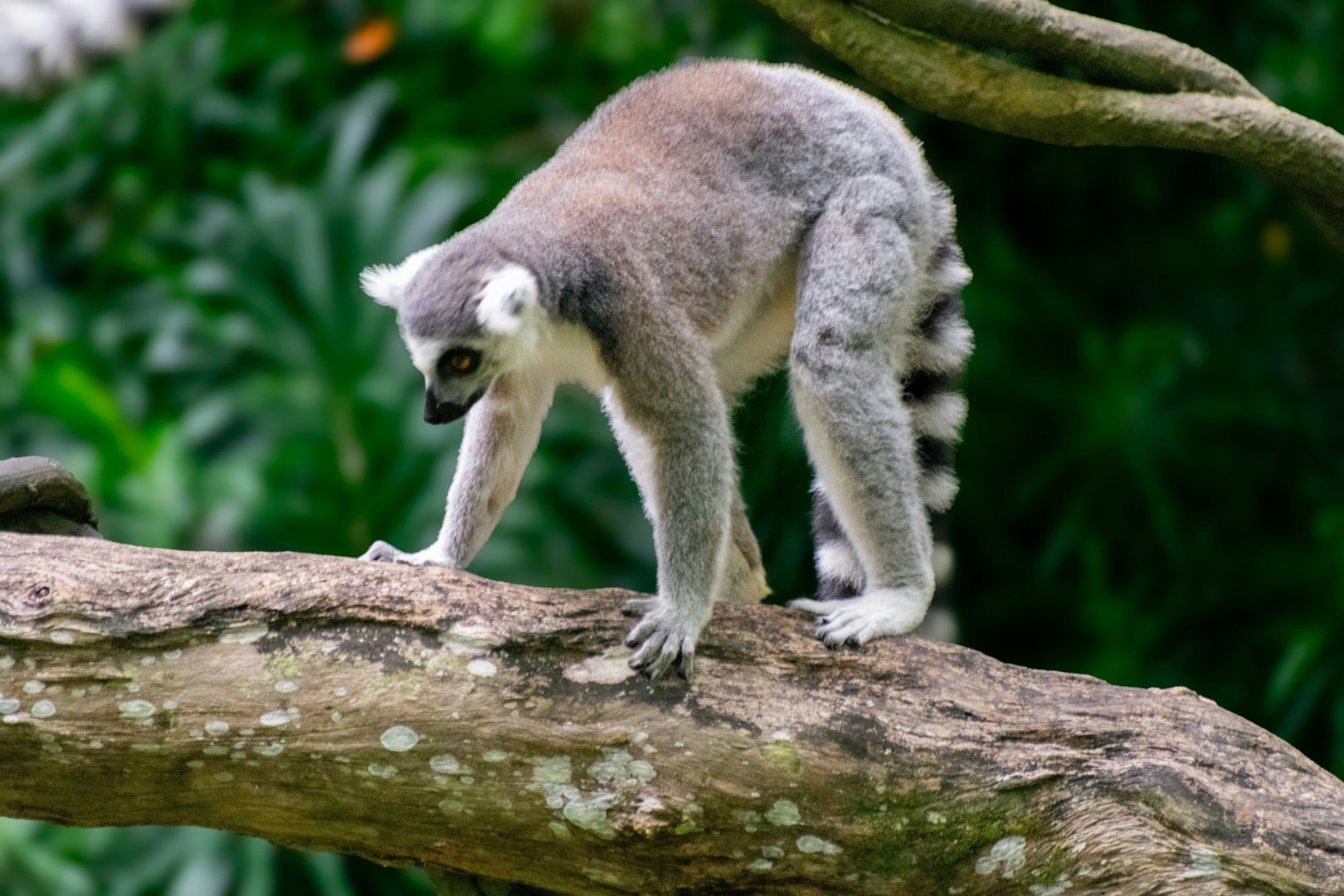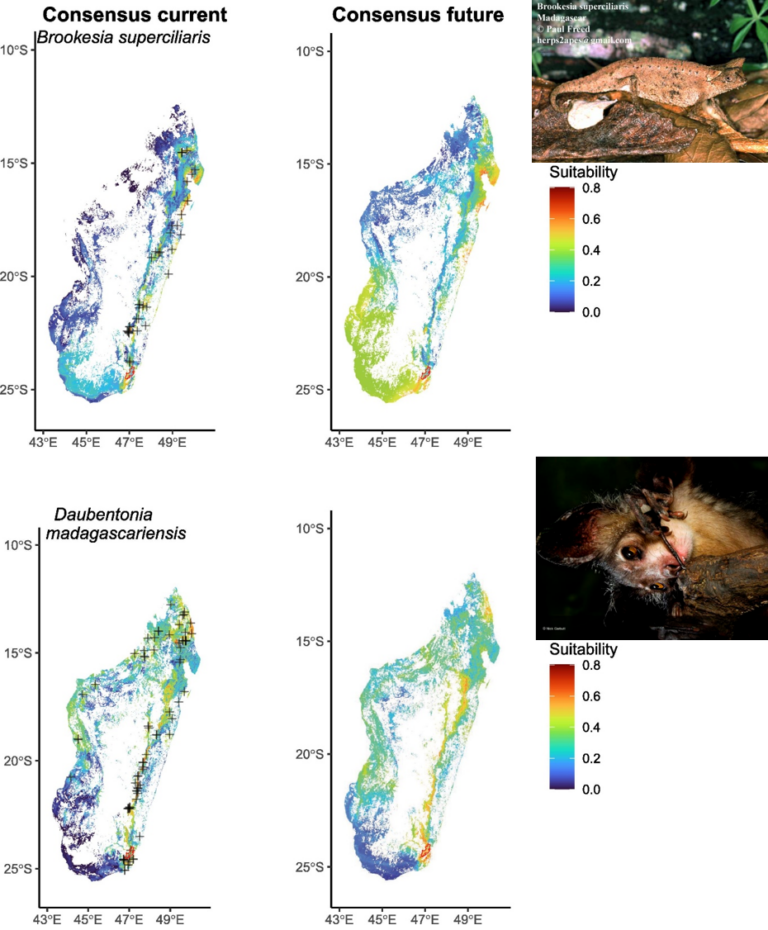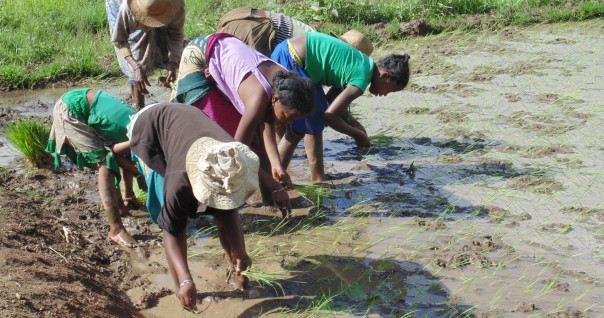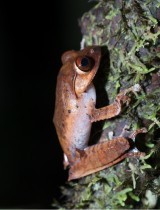

Changes in the home ranges of humid forest species in Madagascar as a result of climate change
The Beampingaratsy forest massif in south-east Madagascar acts as a corridor between two national parks: Andohahela in the south and Midongy atsimo in the north. This corridor, made up of humid forests, is becoming increasingly restricted. Several pressures are being exerted on this biodiversity rich habitat, first and foremost deforestation for family farming. The risk of fragmentation of this corridor makes it a priority site for the creation of a new protected area to preserve this forest habitat (see the TALAKY BE project).
To find out what fauna is still present in this forest, an inventory was carried out in 2021. Based on this inventory and on national (REBIOMA) and international databases on the location of the animals inventoried, the distribution areas of 11 species (3 reptiles, 3 amphibians, 5 mammals – chosen according to the data available and their threatened status) present in the forests around Beampingaratsy were modelled using current climate data (19 variables). We also modelled the potential changes in these ranges under future climate conditions by considering 2 future climate change scenarios (2070): SSP2 and SSP5.
The results of this study have just been published. They show that distribution ranges are likely to shift southwards or in altitude. The Beampingaratsy corridor would therefore play an essential role in maintaining forest continuity for species to the north or within this massif (if there are no natural barriers to the movement of their populations). The location of potential distribution areas also shows that this forest could serve as a refuge. This reinforces the importance of conserving this forest and the integrity of its role as a corridor.

Example of projections of current and future (2070) climate suitability for two Endangered tetrapod species from Madagascar for which climate suitability will increase at the candidate protected area (red line). Consensus projections were obtained by averaging all CHELSA and Worldclim projections and penalizing them with uncertainty (mean – standard deviation)
Related projects

TALAKY - Forests conservation and valorization, Agriculture intensification and ecological diversification, Sustainable concerted development
See more

